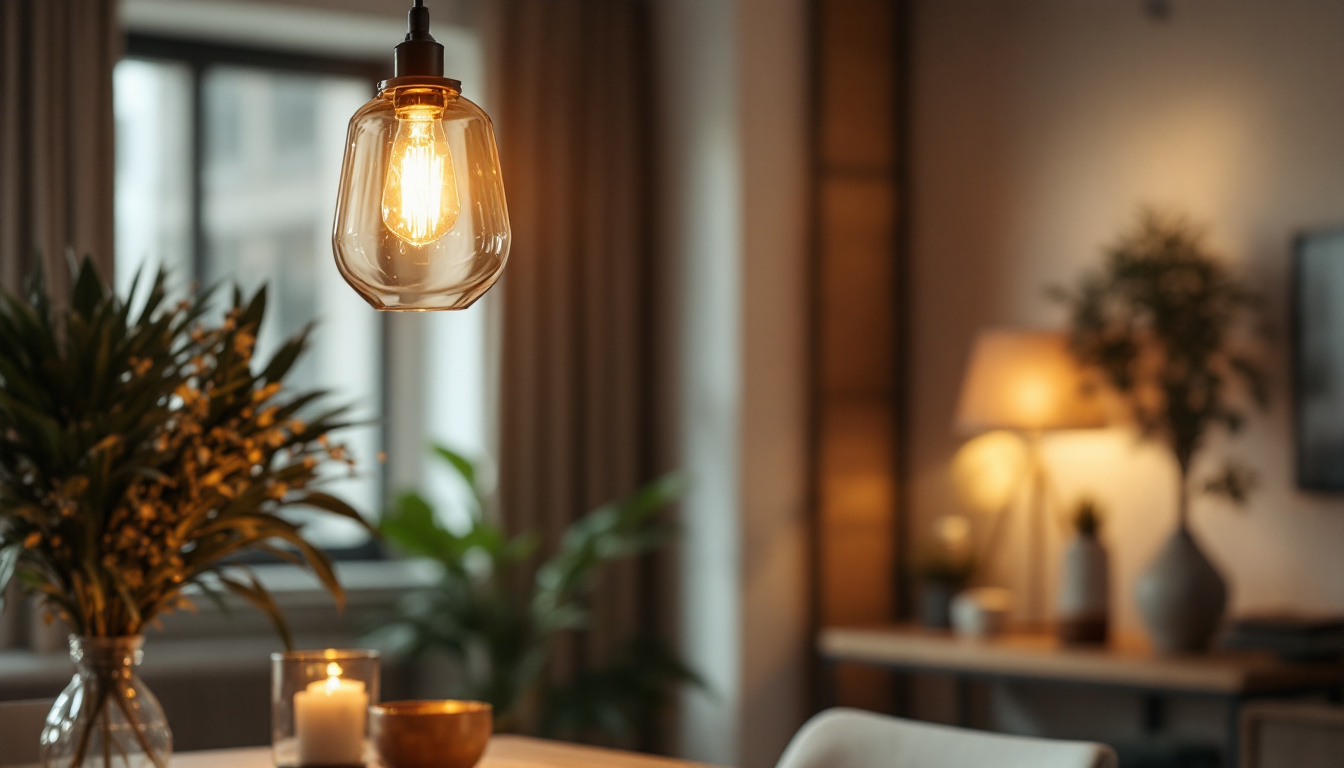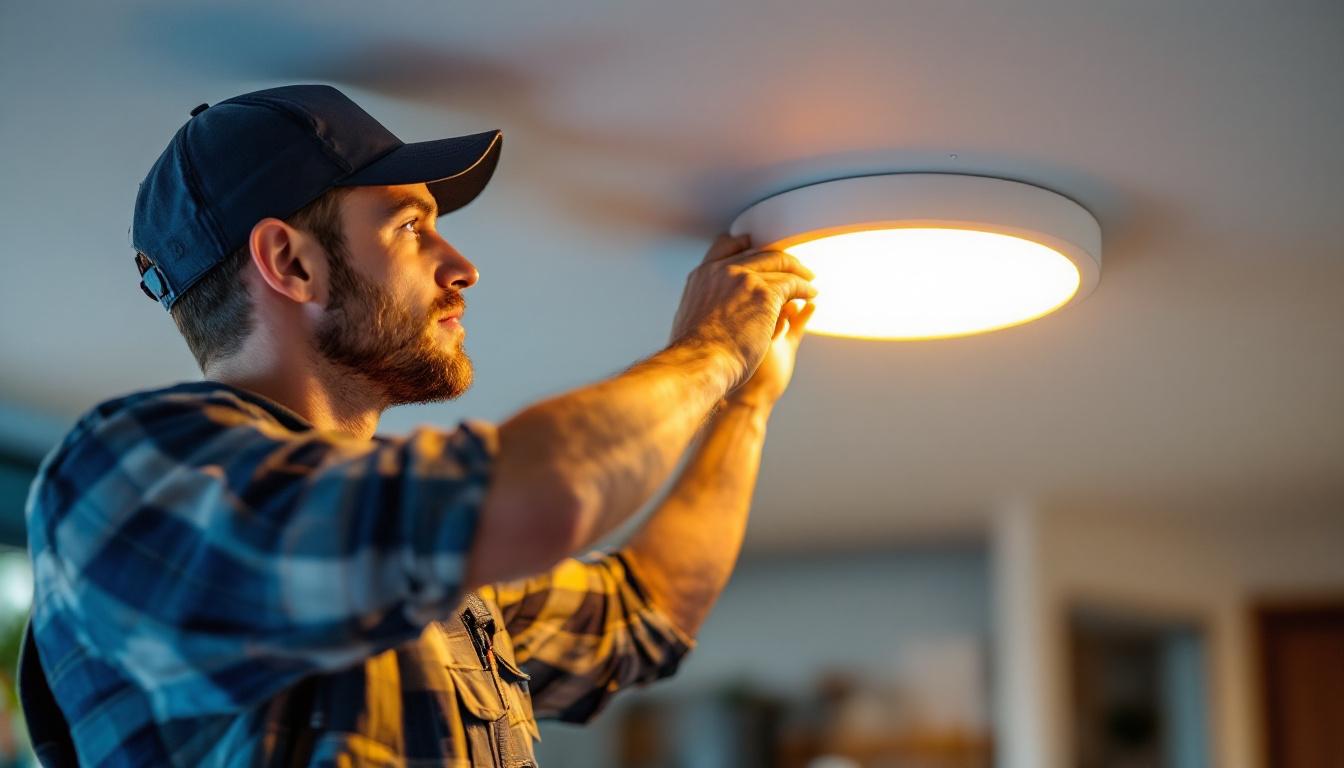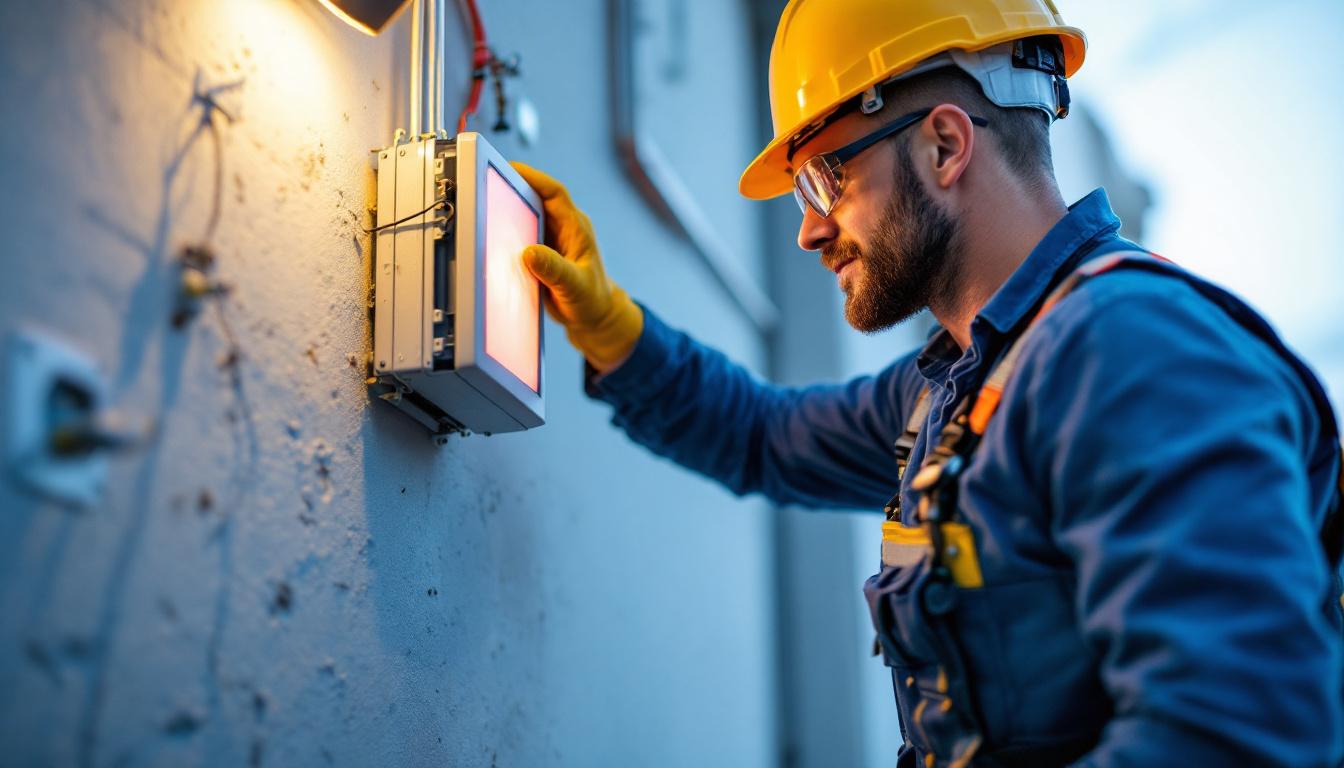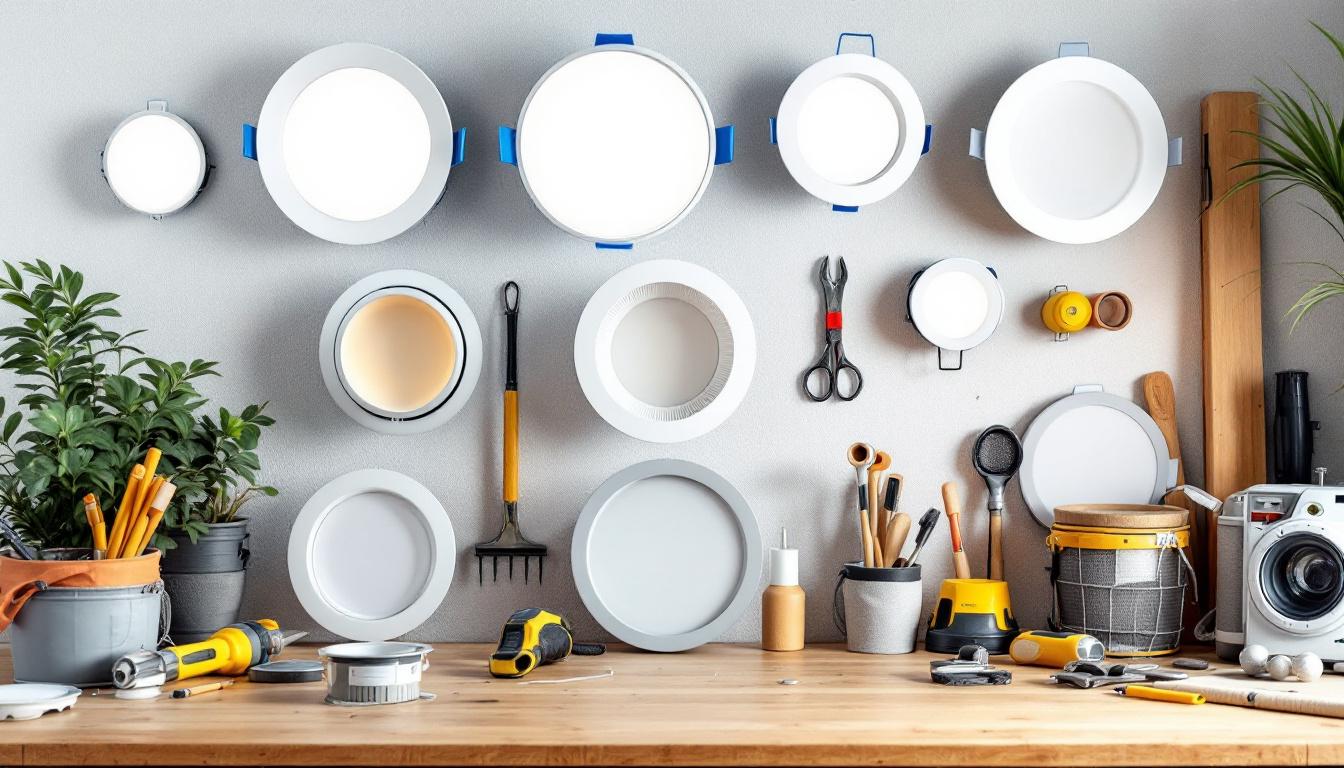
Lighting contractors play a crucial role in transforming spaces through effective lighting solutions. Among the various types of lighting fixtures, hanging light fixtures stand out for their aesthetic appeal and functional versatility. This article provides valuable tips for lighting contractors to consider when working with hanging light fixtures, ensuring that installations are not only visually pleasing but also practical and efficient.
Before diving into installation techniques and design considerations, it is essential to understand the various types of hanging light fixtures available. Each type serves a unique purpose and can dramatically alter the ambiance of a space.
chandeliers are often the centerpiece of a room, providing both illumination and artistic flair. They come in various styles, from traditional to modern, and can be made from materials such as crystal, glass, or metal. When installing a chandelier, it is vital to consider the height of the ceiling and the overall scale of the room to ensure that the fixture does not overwhelm or underwhelm the space. Additionally, the choice of bulbs can affect the mood; warm light bulbs create a cozy atmosphere, while cooler tones can lend a more contemporary feel. Chandeliers can also vary in complexity, with some featuring intricate designs that incorporate multiple layers or tiers, adding depth and interest to the overall decor.
pendant lights are versatile fixtures that can be used in a variety of settings, from kitchens to dining areas. They are available in numerous designs, shapes, and sizes, making them suitable for different decor styles. When installing pendant lights, spacing is key; contractors should ensure that they are evenly distributed and hung at appropriate heights to provide optimal lighting without obstructing views or movement. Furthermore, pendant lights can be used in clusters to create a dramatic effect, especially in larger spaces, where a single fixture might feel lost. The material and finish of pendant lights can also play a significant role in the overall aesthetic; for instance, a sleek metal finish can enhance a modern design, while a vintage glass shade can add a touch of nostalgia.
Specifically designed for kitchen islands or dining tables, island lights are typically longer and more linear than standard pendant lights. They provide focused lighting for tasks while also enhancing the overall aesthetic of the kitchen. When selecting island lights, it’s important to consider the length of the island and the number of fixtures needed to achieve balanced illumination. In addition to functionality, island lights can also serve as a statement piece; choosing a fixture with bold colors or unique designs can become a focal point in an otherwise minimalist kitchen. Moreover, dimmable options are increasingly popular, allowing homeowners to adjust the brightness according to the time of day or the occasion, creating the perfect atmosphere whether it’s a casual breakfast or an elegant dinner party.
Proper installation is crucial for the performance and longevity of hanging light fixtures. Lighting contractors should adhere to best practices to ensure safety and functionality.
Before beginning any installation, it is essential to assess the electrical setup. Ensure that the existing wiring can support the new fixture, particularly if it is heavier or requires more power than the previous one. Using the correct gauge of wire and ensuring all connections are secure can prevent potential hazards. Additionally, it is wise to check for any signs of wear or damage in the existing wiring. Old or frayed wires can pose serious risks, including electrical fires. If any issues are detected, it may be prudent to replace the wiring before proceeding with the installation of the new fixture.
The height at which a hanging light fixture is installed can significantly impact its effectiveness. For dining areas, a general rule is to hang pendant lights about 30 to 36 inches above the table. In contrast, chandeliers should be hung higher in rooms with tall ceilings to maintain proportion. Additionally, consider the room’s layout and furniture placement to avoid obstructing views or creating awkward spaces. It’s also beneficial to think about the light’s purpose; for example, task lighting may require lower placement for better illumination, while ambient lighting can be positioned higher to create a softer glow. Experimenting with different heights before finalizing the installation can lead to a more aesthetically pleasing and functional lighting arrangement.
Safety should always be a priority when installing hanging fixtures. Make sure to use appropriate mounting hardware and anchors, especially for heavier fixtures. If necessary, consult local building codes to ensure compliance with safety regulations. A securely mounted fixture not only enhances safety but also prolongs the life of the installation. Furthermore, consider the type of ceiling you are working with; for instance, drywall ceilings may require different mounting techniques compared to plaster or concrete ceilings. Using a ceiling medallion can also add a decorative touch while providing extra support for the fixture. It is important to double-check that all screws and fasteners are tightened properly, as loose fixtures can lead to unnecessary wear and potential accidents over time.
The design of hanging light fixtures should complement the overall aesthetic of the space. Lighting contractors must consider various factors to ensure a harmonious integration of fixtures within the environment.
When selecting hanging light fixtures, it’s important to align them with the room’s style and theme. For instance, a rustic farmhouse kitchen may benefit from wrought iron pendant lights, while a sleek, modern living room might call for minimalist chandeliers. Understanding the client’s vision and the existing decor can guide the selection process.
The color and material of hanging fixtures can greatly influence the ambiance of a space. Warm metals like brass and copper can create a cozy atmosphere, while cooler finishes such as chrome or matte black can lend a contemporary feel. Additionally, consider the materials used in other elements of the room, such as furniture and cabinetry, to create a cohesive look.
Effective lighting design often involves layering different types of lighting to create depth and dimension. Combining ambient, task, and accent lighting can enhance the functionality of a space. For example, a dining area might feature a central chandelier for ambient light, with additional pendant lights over the table for focused task lighting. Contractors should encourage clients to think about how different fixtures can work together to achieve the desired effect.
With growing awareness of environmental issues, energy efficiency has become a significant consideration in lighting design. Contractors should be well-versed in energy-efficient options for hanging light fixtures.
LED bulbs are an excellent choice for hanging fixtures due to their energy efficiency and longevity. They consume significantly less energy than traditional incandescent bulbs and can last for years, reducing the need for frequent replacements. When recommending fixtures, contractors should highlight those that are compatible with LED technology to provide clients with sustainable options.
Incorporating smart lighting solutions can also enhance energy efficiency. Smart bulbs and fixtures allow users to control lighting remotely, set schedules, and adjust brightness levels. This technology not only contributes to energy savings but also offers convenience and flexibility for users. Lighting contractors should stay updated on the latest smart lighting products to provide clients with modern solutions.
When replacing old fixtures, it’s essential to consider proper disposal and recycling methods. Many lighting components can be recycled, reducing waste and promoting sustainability. Contractors should inform clients about local recycling programs and encourage responsible disposal of outdated fixtures.
Dust and grime can accumulate on light fixtures, diminishing their brightness and overall appearance. Regular cleaning is essential, and contractors should recommend appropriate cleaning methods based on the fixture’s material. For example, glass fixtures may require gentle glass cleaner, while metal fixtures might benefit from a soft cloth and mild soap. Providing clients with a cleaning schedule can help them maintain their fixtures effectively.
Replacing bulbs in hanging fixtures should be done promptly to ensure proper illumination. Contractors should educate clients on the types of bulbs used in their fixtures and the importance of using the correct wattage. Additionally, they should advise on how to safely replace bulbs, especially in high or hard-to-reach fixtures.
Encouraging clients to conduct periodic inspections of their hanging fixtures can help identify potential issues before they become significant problems. This includes checking for loose connections, signs of wear, or any unusual flickering. Regular inspections can extend the life of the fixture and ensure safety in the home.
Hanging light fixtures are a vital element in creating functional and aesthetically pleasing spaces. By understanding the different types of fixtures, adhering to best installation practices, considering design elements, promoting energy efficiency, and emphasizing maintenance, lighting contractors can provide exceptional service to their clients. Staying informed about the latest trends and technologies in lighting will further enhance their expertise and ability to deliver outstanding results.
In a world where lighting plays a pivotal role in our daily lives, the insights shared in this article can empower lighting contractors to elevate their work, ensuring that every hanging light fixture installation is not only a source of illumination but also a statement of style and sophistication.
Ready to take your lighting projects to the next level? At LumenWholesale, we provide lighting contractors with the highest quality, spec-grade lighting products at unbeatable wholesale prices. Say goodbye to local distributor markups and hello to our extensive selection that meets rigorous industry standards. With free shipping on bulk orders, you can trust that you’re getting premium lighting at the best value — no hidden fees, no compromises. Elevate your installations with the perfect blend of quality, affordability, and convenience. Discover wholesale lighting at the best value today and make every space shine with LumenWholesale.

Discover proven methods for ceiling recessed light covers that enhance safety, aesthetics, and efficiency.

Discover the top challenges of emergency wall pack with battery backup for lighting contractors.

Discover essential tips for lighting contractors on selecting and installing the perfect recessed can sizes.

Discover the top benefits of using LED bathroom lights for lighting contractors.